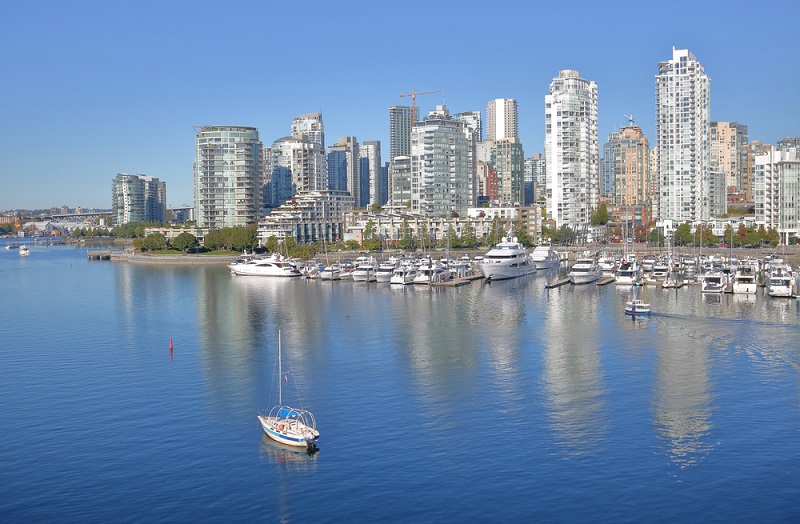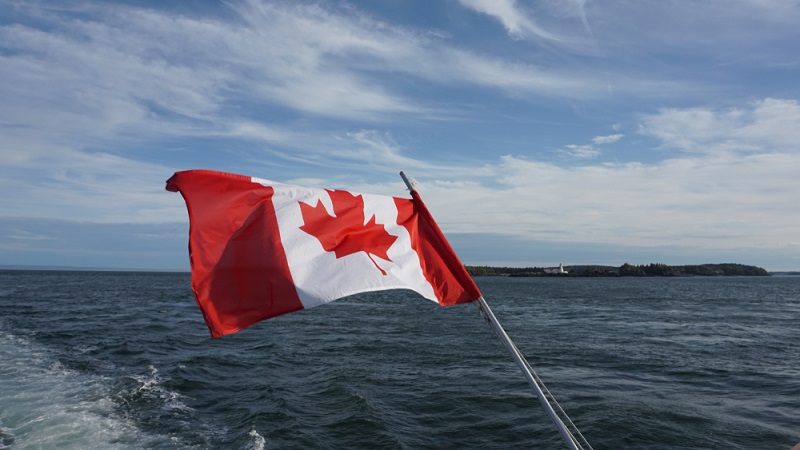Being the owner of a boat can be a liberating experience. Enjoying the sun as you take your vessel out on the water sounds like a great way to spend your weekend or even a vacation. But there is much more to acquiring, owning, and operating your own vessel than being handed the keys. There are also important Transport Canada boat registration forms that need to be completed so you can legally use your boat on Canadian waters, or international waters if you wanted to. These documents differ based on how you have acquired your vessel, whether it is new or used, and the type of vessel that it is.
First Time Registration
First-time vessel registration is done through the First Time Registration form. This document can also be used as security for a loan. The first time you register your vessel you will need to choose a unique name for it. The form requires you to list three different names that you are okay with using. This way you will not have to repeat the process over and over if the name you choose is already taken by another registered vessel. You will also need to cite the port of registry or the intended port of registry.
Because this is the first time that the vessel is being registered you will need to supply more information about the boat itself than other documents might require. This includes details such as the type of engine (gas, diesel, or other), engine power, speed knots, length (in m.cm), hull construction materials, and intended use of the vessel. The intended use is either pleasure or non-pleasure, meaning a commercial vessel. If your vessel is for commercial purposes you will need to further elaborate on how it will be used.

Small Vessel First Time Registration
The Small Vessel First Time Registration is similar to the regular First Time Registration. The difference is that it is intended for small non-pleasure vessels that have 10 or more horsepower, including commercial river rafts. It requires similar information, but not nearly as much as the First Time Registration because this document is only for non-pleasure vessels. When registering a small vessel you will instead need to give a descriptor, sub descriptors, and second sub descriptors if applicable. The National Registry Center Corp’s website has an appendix that you can refer to when choosing the sub descriptors(s). For example, if you choose ‘ferry’ as the descriptor you are automatically given cable, cargo, passenger, and vehicle as options for sub descriptors. If ‘tug’ is the appropriate descriptor then the site gives you boom boat, cargo, harbor, salvage, tender, and workboat as options.
New Pleasure Craft License
A New Pleasure Craft License is different from vessel registration, as a license does not provide proof of ownership over the vessel. All it provides is a form of identification for the vessel. Further, a licensed pleasure craft will have to display its license numbers on the vessel much like a car does its license plate. A registered vessel uses different markings. These are very important because rescue officers use them to identify vessels during an emergency, and they must be displayed visibly so rescue personnel can easily see them. Specifically, they must be displayed on both sides of the boat using contrasting colors and block lettering. The display needs to be 7.5 centimeters tall.
The license for a new pleasure craft does not include the same extensive details that are needed to satisfy the Transport Canada boat registration requirements. However, a license alone will not allow you to obtain a maritime mortgage or use it to travel outside of Canadian waters. That is only possible after completing vessel registration.
A license must be renewed every ten years. If you recently purchased the boat then you can still use it without a license for the first 90 days. However, you will still need to have identification that verifies you are the owner and have legally obtained the vessel.
Recreation, Simplified
Transport Canada boat registration is a relatively involved process. There is a lot of terminology and legal particulars that can vary depending on both the type of vessel you own as well as the province you’re in. While it may sound daunting, it can be simplified when you let us manage the documents on your behalf. Letting us handle your documents also means having access to professionals who can answer any questions you have regarding the process. You can see what we have available through our site.

